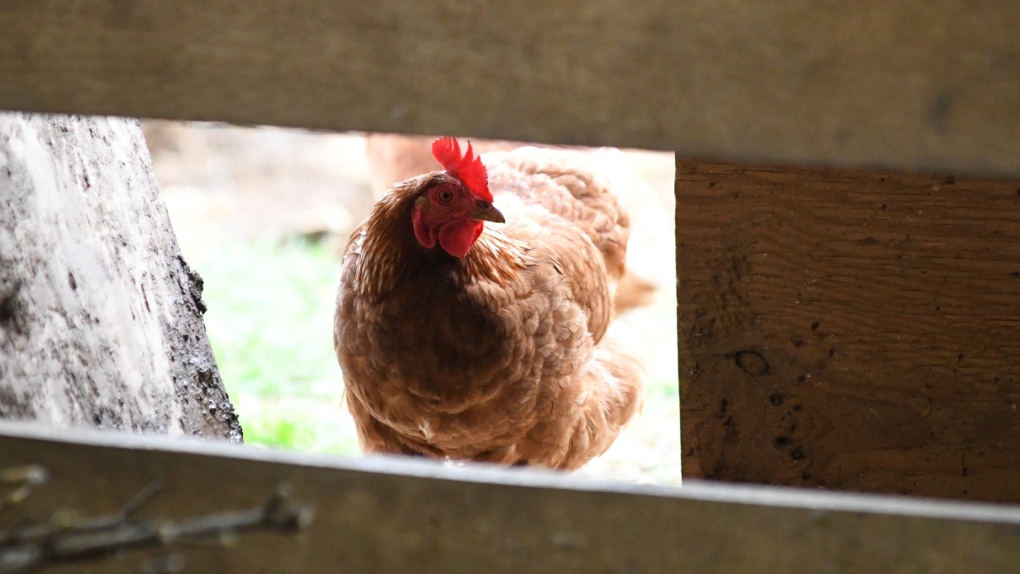
Certain strains of bird flu have the potential to spread easily and «efficiently» between ferrets, raising concerns that it could spread to humans as well, according to new research. The study was carried out by the Public Health Agency of Canada, the Canadian Food Inspection Agency, the SickKids Research Institute, and the University of Manitoba. Highly pathogenic avian influenza (HPAI) was shown to spread easily in a laboratory setting in direct contact between ferrets, which are the mammal most often used to judge the risk of human-to-human virus transmission. The strain tested was H5N1, which is responsible for the deaths of millions of birds worldwide. It has also been reported in mammals, including mountain lions, red foxes, skunks, and black bears. This is the first time mammal-to-mammal transmission of HPAI has been observed. The research is currently under review for publication in the peer-reviewed journal Nature Portfolio.
The virulence of the virus itself varied widely depending on the specific isolate, with the sample from the red-tailed hawk causing the most severe and lethal disease in the ferrets. Direct transmission between the ferrets was clearly indicated in the case of the virus taken from the red-tailed hawk. In addition, researchers found that the viral sample from the red-tailed hawk replicated the most rapidly within primary nasal, tracheal, and human airway epithelial cells obtained from healthy human subjects compared to other viral samples. The study suggests that «passage through multiple animal species» could have contributed to the strain’s «enhanced transmissibility.»
Bird flu has been spreading across Canada in farmed birds since 2021, and more than 7.5 million birds have been impacted as of last week, according to the Canadian Food Inspection Agency. Human infections of bird flu are rare, and mostly occur after close contact with infected birds through poultry farms or live bird markets. However, the real concern is if the virus is able to make the full jump to humans, and then be spread from human to human. Currently, Canada is experiencing numerous outbreaks of bird flu, largely within commercial poultry farms, although it appears to be circulating at lower levels than in 2022. The risk to the general public remains low and the current scientific evidence suggests that the risk of a human contracting avian influenza from a domestic pet is minor.